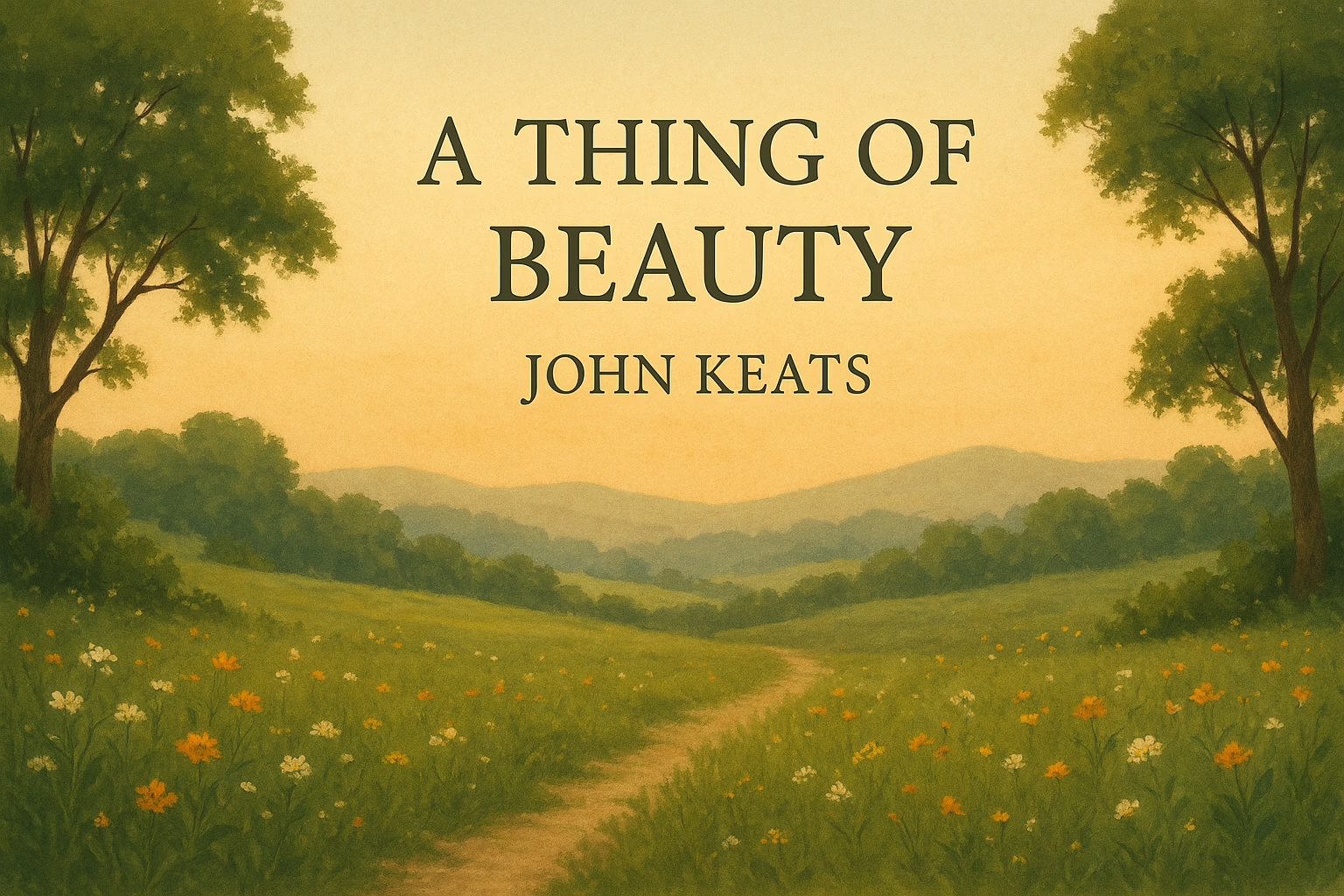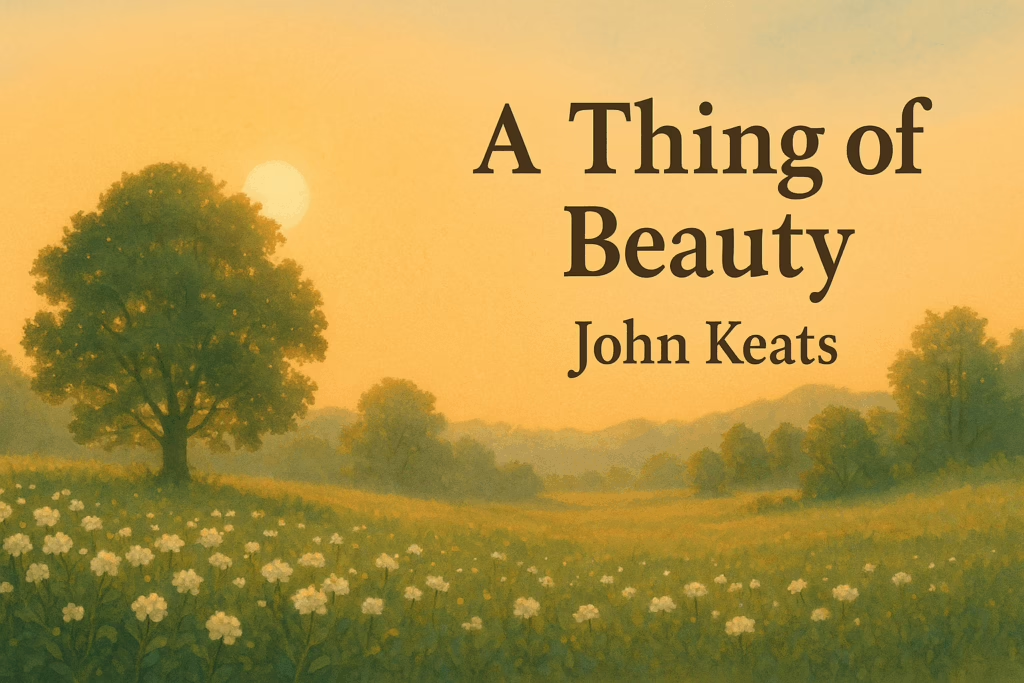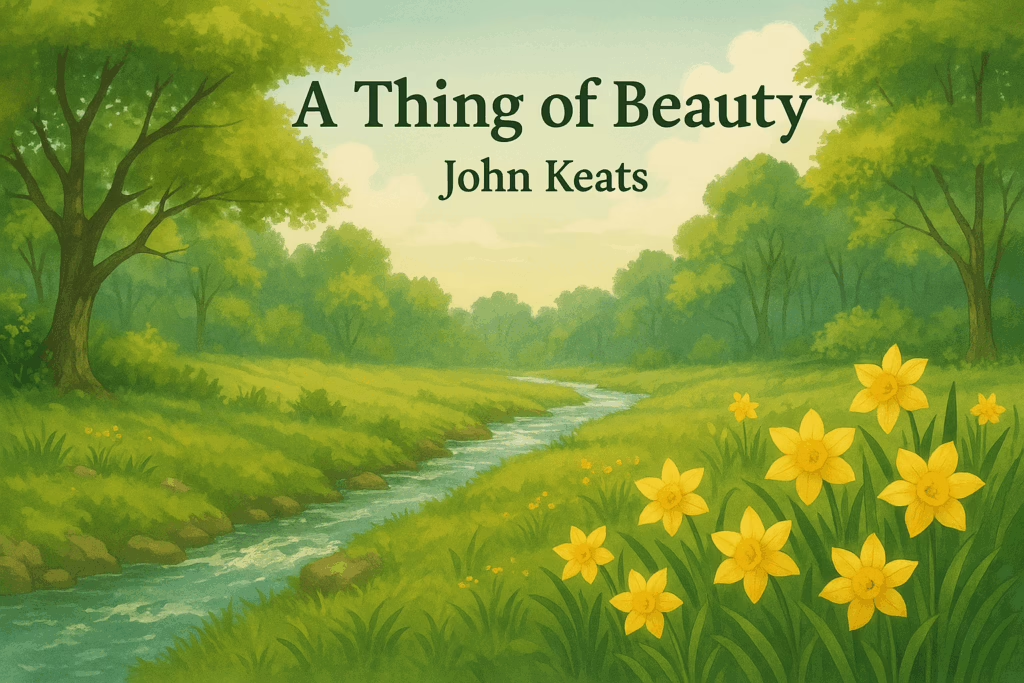John Keats’s A Thing of Beauty, an excerpt from his longer poem Endymion, stands as one of the finest expressions of Romantic philosophy. Rooted in the belief that beauty nourishes the human spirit, the poem explores how natural loveliness, inspiring stories, and noble ideas help us endure life’s darker moments. Although brief, the passage is rich with layered imagery, symbolic expressions, and deeply felt emotion—each phrase contributing to Keats’s vision of beauty as an eternal source of joy.
An expression-wise analysis allows us to slow down and examine the poem in its finest details. By breaking down its lines and expressions, we discover how Keats weaves together the sun, moon, trees, flowers, streams, and heroic tales into a unified message of hope. This article presents a sentence-by-sentence exploration of the poem, revealing the subtle ways in which Keats transforms ordinary natural scenes into an “immortal drink” that refreshes the soul. Through this analysis, readers gain a clearer understanding of why Keats’s celebration of beauty continues to resonate across generations.
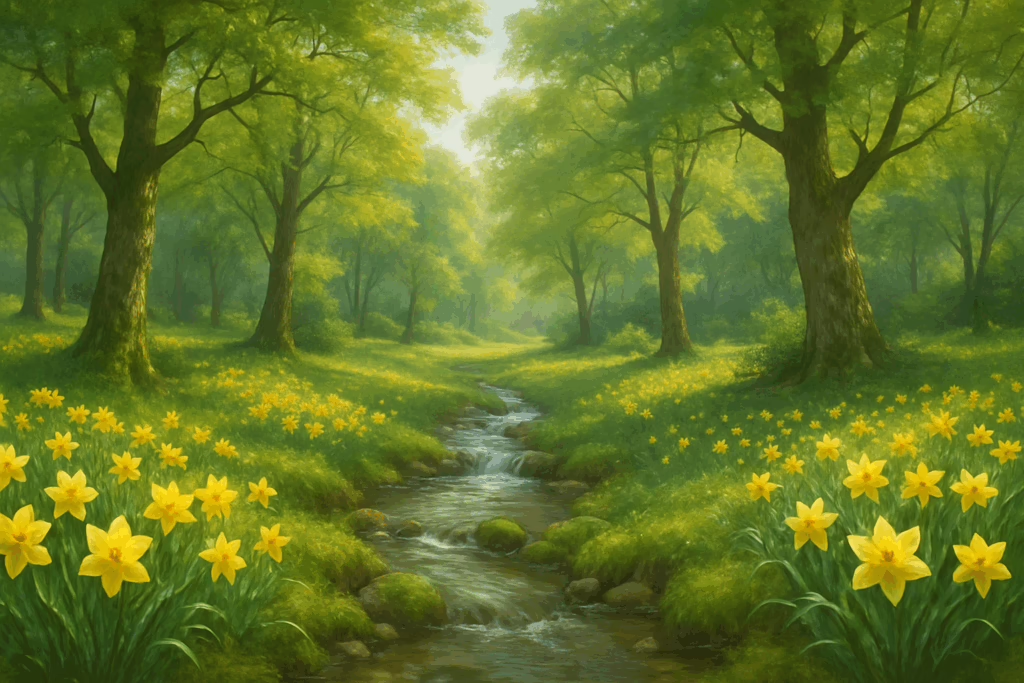
Expression-wise / Sentence-wise Analysis of “A Thing of Beauty”
1. “A thing of beauty is a joy forever”
- The opening line presents the central idea: beauty gives everlasting joy.
- “Forever” suggests beauty never loses value; its impact is permanent.
2. “Its loveliness increases, it will never / Pass into nothingness;”
- Beauty becomes even more meaningful with time.
- It never fades or becomes insignificant.
- Keats believes beauty is immortal in the human mind.
3. “but will keep / A bower quiet for us,”
- A “bower” is a shady, peaceful place under trees.
- Beauty offers rest, comfort, and protection from hardship.
- Symbolizes psychological shelter.
4. “and a sleep / Full of sweet dreams, and health, and quiet breathing.”
- Beauty brings peaceful rest and emotional well-being.
- “Sweet dreams” → inspiration; “health” → mental wellness; “quiet breathing” → calmness.
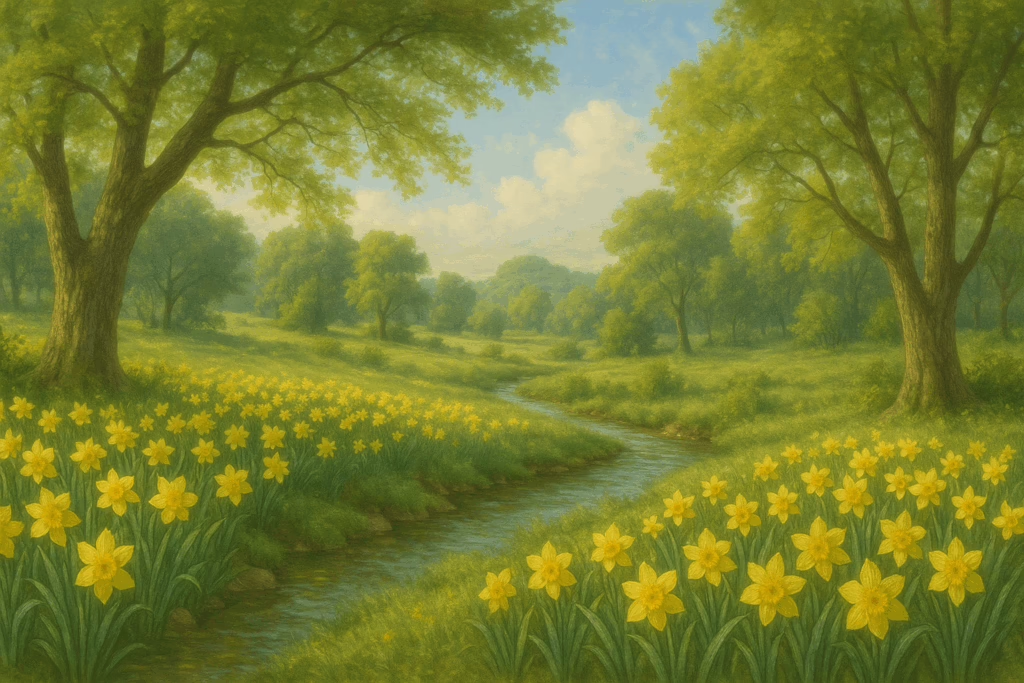
5. “Therefore, on every morrow, are we wreathing / A flowery band to bind us to the earth,”
- Humans continuously create and cherish beautiful things.
- “Flowery band” = beauty keeps us connected to life.
- Suggests joy, hope, and the will to continue living.
6. “Spite of despondence, of the inhuman dearth / Of noble natures,”
- “Despondence” = hopelessness.
- “Inhuman dearth of noble natures” = lack of goodness in society.
- Beauty helps us endure human cruelty, selfishness, and moral decline.
7. “of the gloomy days, / Of all the unhealthy and o’er-darkened ways / Made for our searching:”
- Life is full of darkness, sadness, and unhealthy paths created by humans themselves.
- These reflect despair, suffering, and confusion.
8. “yes, in spite of all, / Some shape of beauty moves away the pall / From our dark spirits.”
- Despite negativity, beauty lifts the “pall” (cloud of sorrow) from our spirits.
- Beauty gives emotional relief, inspiration, and hope.
9. “Such the sun, the moon, / Trees old, and young, sprouting a shady boon / For simple sheep;”
- Examples of beauty in nature: sun, moon, trees.
- “Shady boon” = blessings of shade offered by trees.
- Beauty lies in both old and new life.
10. “and such are daffodils / With the green world they live in;”
- Daffodils symbolize purity, joy, and renewal.
- They brighten nature and human emotions.
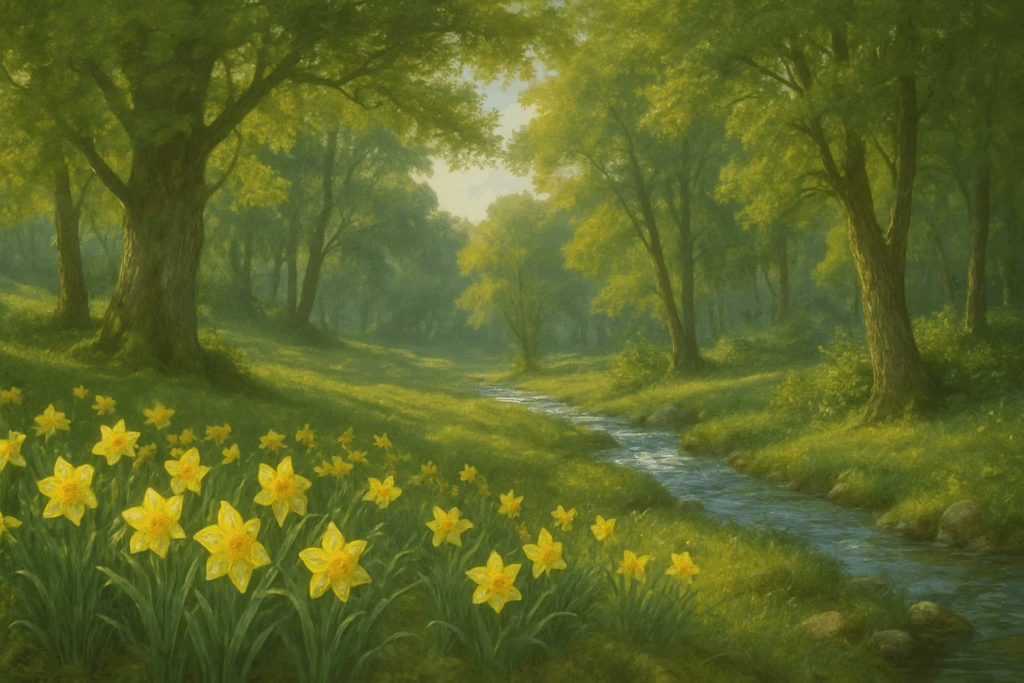
11. “and clear rills / That for themselves a cooling covert make / ’Gainst the hot season;”
- “Rills” = small streams.
- They create natural shelters of coolness during heat.
- Suggest the gentle nurturing power of nature.
12. “the mid forest brake, / Rich with a sprinkling of fair musk-rose blooms;”
- “Brake” = thick mass of ferns.
- Forest interiors filled with musk-rose flowers create natural beauty.
- Represents abundance, delicacy, and fragrance.
13. “And such too is the grandeur of the dooms / We have imagined for the mighty dead;”
- “Grandeur of the dooms” = noble destinies imagined for great heroes.
- Heroic stories also count as beauty because they inspire the human spirit.
14. “All lovely tales that we have heard or read;”
- Beauty is also found in stories, legends, myths, and literature.
- Human imagination creates everlasting beauty.
15. “An endless fountain of immortal drink, / Pouring unto us from the heaven’s brink.”
- Beauty is compared to a never-ending fountain.
- “Immortal drink” = life-giving nourishment for the soul.
- Beauty flows constantly like a divine blessing.

End Result
The poem shows that beauty is both natural and human-created, and it possesses the power to:
- soothe
- inspire
- refresh
- uplift
- give meaning to life
Keats sees beauty as the divine source of eternal joy.
An expression-wise exploration of A Thing of Beauty reveals just how intricately John Keats weaves his philosophy of eternal joy into every line. Each image—the sun, moon, trees, daffodils, rills, forest ferns, and even the heroic tales of the mighty dead—adds a unique thread to a larger tapestry celebrating beauty’s power to uplift the human spirit. By examining the poem phrase by phrase, we see that Keats does more than describe beautiful objects; he shows how beauty becomes a guiding force that helps us endure sorrow, moral decline, and the “gloomy days” of life.
Through this detailed analysis, the poem’s central message becomes unmistakably clear: beauty is not fleeting. It is an endless fountain that nourishes us, comforts us, and binds us to the world with hope and gratitude. Keats’s vision of beauty as a “joy forever” thus stands not merely as poetic sentiment, but as a timeless reminder of the healing and sustaining power that beauty holds in our lives.

